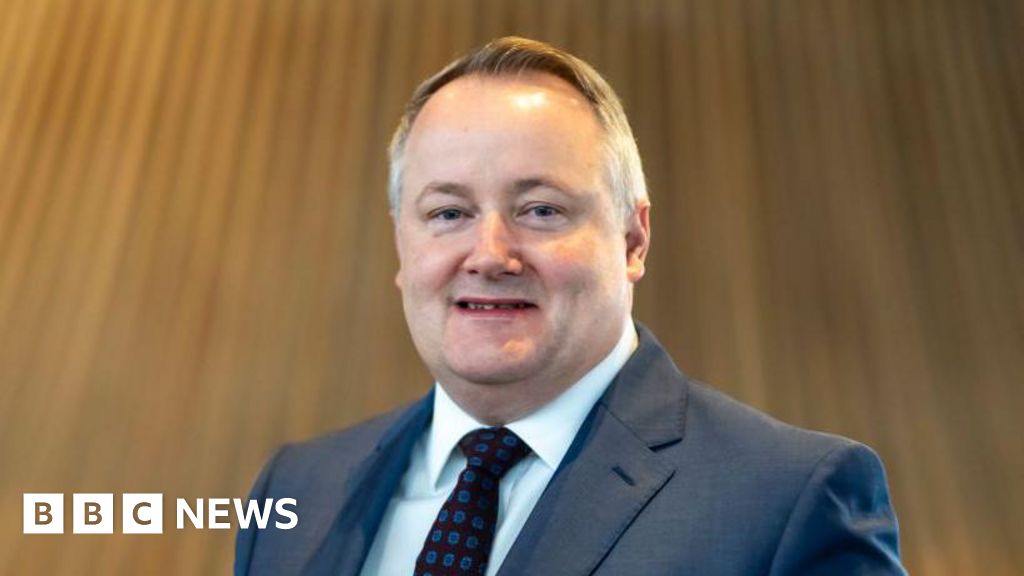ARTICLE AD BOX
Image source, PACEMAKER
Image caption,Sinn Féin President Mary Lou McDonald and Vice President Michelle O'Neill arrive at the count in Belfast's Titanic Exhibition Centre
Sinn Féin has won the most seats in the Northern Ireland Assembly for the first time, a historic result for the party.
The party traces its origins to 1905 but the modern party's roots are in the early 1970s.
Throughout the Troubles in Northern Ireland it was the political wing of the Provisional IRA.
Since the 1980s its electoral strength has grown and in 2003 it overtook the SDLP to become the biggest nationalist party in Northern Ireland.
As well as its 27 assembly members it has seven MPs in the House of Commons, although they do not take their Westminster seats.
It is an all-Ireland party and is the official opposition in the Dáil (lower house of Irish parliament) with 36 TDs (MPs).
Who is the leader?
Mary Lou McDonald has been the party's president since February 2018 when she took over from Gerry Adams. She is a TD (MP) in the Republic of Ireland.
Its vice-president, and leader in Northern Ireland, is Michelle O'Neill, who represents the constituency of Mid Ulster.
What does it believe?
Sinn Féin's core belief is that Ireland should be united as one country.
Although it steered clear of a strong focus on Irish unification during the assembly election campaign, its manifesto called for the British and Irish governments to set a date for a referendum.
Image source, PA Media
Image caption,Michelle O'Neill, who represents the constituency of Mid Ulster. is the party's vice-president and leader in Northern Ireland
It identifies with the left of the political spectrum - it is a democratic socialist party and is a member of the European United Left-Nordic Green Left in the European Parliament.
In the most recent election campaign it was strongly focused on addressing the cost of living crisis.
It is a strong advocate of an Irish language act for Northern Ireland as well as a bill of rights.
What is Sinn Féin's history?
Sinn Féin was founded in 1905 by Arthur Griffith.
Many modern Irish political parties trace their roots to the 1905 iteration.
Its name roughly translates into English as "Ourselves alone".
Its splits during the Irish Civil War in 1922 and again at the beginning of the Troubles in Northern Ireland in 1969 had dramatic effects on politics across the island of Ireland.
Modern day Sinn Féin's routes lie in the 1969 split and it was the political wing of the Provisional IRA through the prolonged period of violence in Northern Ireland known as the Troubles.
A number of prominent Sinn Féin representatives have been convicted IRA members.
Since the early 1980s the party increasingly pursued electoral politics.
Image source, PA Media
Image caption,In 2007 Martin McGuinness became deputy first minister, a position he would hold for the next 10 years
In 1998 it backed the Good Friday Agreement, the peace deal which ended the worst of the Troubles and entered into government at Stormont.
In 2003 it overtook the SDLP to become the biggest nationalist party in the assembly and in 2007 it's deputy leader at the time, Martin McGuinness, became deputy first minister, a position he would hold for the next 10 years.
In 2005, the IRA formally declared an end to its armed campaign.
Sinn Féin is now committed to achieving Irish unification through purely peaceful means.

 3 years ago
58
3 years ago
58








 English (US) ·
English (US) ·